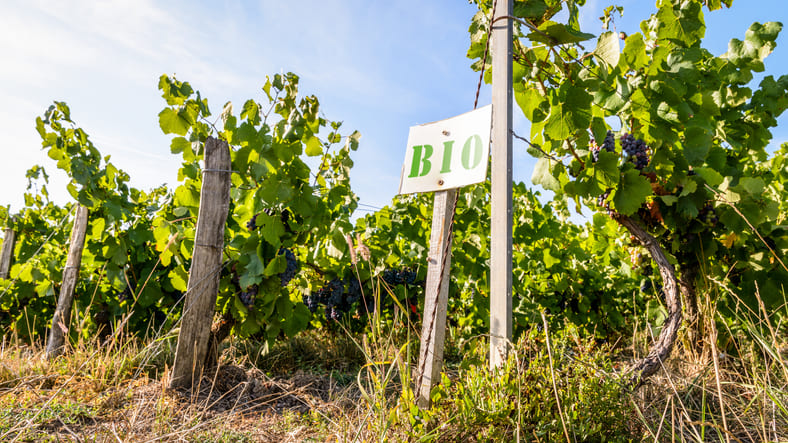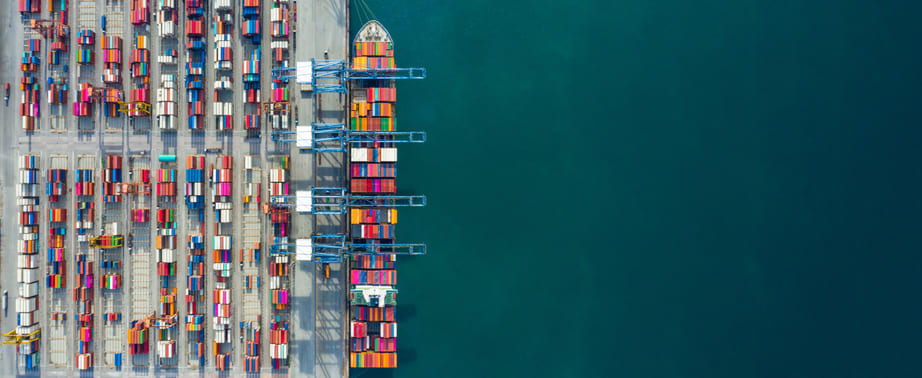Transit Time and Trade Lanes: What Changed and What To Expect
The global shipping industry is currently facing several challenges, one of the biggest being transit time.
The pandemic has significantly impacted world trade, and the global container crisis has disrupted the flow of goods. In addition, the imbalance of container availability worldwide has affected shippers.
These factors have resulted in increased rates and longer transit times for businesses that rely on shipping to move their products worldwide. Here is a snapshot of what's going on in global container shipping.
Europe
Transit Time: Europe to North America
Even though spot rates are four times higher than last year, there is no sign of softening for rates on Transatlantic Westbound.
In May, volumes from Europe to the U.S. East Coast increased 42% YoY, coinciding with the euro being close to parity versus the U.S. dollar. Capacity-wise, carriers blanked 27 sailings in June due to congestion and off-schedule services. But two new services were added by MSC in June — a "North Europe to Mexico Express," adding 4,000 TEU weekly, and a "South Turkey - Israel - Egypt - USA," adding 5,000 TEU weekly to New York and Savannah.
Transit Time: North America to Europe
There has been no significant supply change, except for MSC's recent capacity injection of two new loops on the East Med/USA and North Europe to Mexico routes.
Spot rates are steady if we omit the increases caused by fuel prices. Congestion has improved at USWC ports, while the situation has deteriorated on the USEC ports, especially Savannah and Houston.
In that context, schedule reliability remains at poor levels. According to Sea-Intelligence, 28.9% of vessels were on-time in May, with an average delay of around 6 days.
North America
Transit Time: North American to South America
North American to South America trade has taken a huge hit.
The first issue is that U.S. ports are congested, and the second is that traditional T/S ports in South America and Central America are experiencing infrastructure issues. Ports like Rodman, Manzanillo (PA), Lazaro Cardenas, and Cartagena still have too many containers to move in all directions.
Carriers' hands were tied, and they are looking to reduce the frequency for some services. For example, CMA-CGM modified USWC to San Antonio service to be biweekly.
Overall, trade conditions remain extremely tough, and rate levels (spot and contract) continue to rise.
Transit Time: North America to Asia
Labor negotiations between the International Longshore and Warehouse Union (ILWU) and the Pacific Maritime Association (PMA) to renew their contract have been underway since May 12, with stakeholders eager for an agreement as the previous deal expired July 1.
They announced on June 14 that cargo operations would continue without a lockout to avoid disrupting the supply chain further. In June, many sailings were blanked due to the vessel backlog following the Shanghai lockdown, and more are expected as eastbound demand declined. USEC continues to see challenges, especially ex. New York and Houston.
Ocean rates are steady (except for reefers), and container and chassis scarcity (though improving) continue to affect inland points. Oakland has been impacted by additional factors, such as the decrease in ships stopping at this port.
Transit Time: North America to Oceania
Because there is so much cargo and little space, spot rates keep increasing on this trade lane. According to Drewry's assessment, June rates reached $4,950 per 40 ft. ex. Los Angeles to Melbourne and $8,250 per 40 ft. ex. New York to Melbourne (up 41% and 115%, respectively, compared to June 2021).
Carriers on the direct services continuously review schedules and options but can't avoid service disruptions. However, Oakland is back with a weekly call.
There has been a significant disruption at USEC. An import port (NY) had to be omitted for schedule integrity reasons.
POD Auckland still suffers from 7 days of dwell time. Other ports are better, but delays can also reach 4-5 days in Brisbane and Sydney.
Transit Time: South America to North America
After Hapag Lloyd discontinued the "MPS" service, there were fewer transport options to California.
Congestions, vessel delays, and the limitation of port moves to reduce berth time further affect capacity. But capacity remains stable to the east coast (the USA and Canada).
Reefer demand will slow down after July, possibly bringing some relief. After July, reefer demand will slow down, perhaps providing some relief.
Equipment flows improved for 40 ft. but remain a challenge for flexitank-suitable containers (affected by weight restrictions). From the east coast, demand from Brazil is still high due to the Real devaluation, making it difficult to find space.
Maersk and Hapag Lloyd announced they would continue to omit Norfolk and serve Charleston/Port Everglades on their Tango/SEC service. Rates keep increasing, especially to the North America West Coast.
The current state of the global shipping industry is having a major impact on businesses worldwide. Transit times are lengthening, and rates are increasing. This is likely to continue in the short term as the impact of the pandemic continues to disrupt world trade. Businesses must planfor further delays and higher costs when shipping their products around the globe.
Download the full Global Shipping Trade Lane Update report here (Trade Dashboard - July 2022).
Contact us to learn more about how we can help you manage your transit time and shipping costs.

.png?sfvrsn=c3460e9d_1)



